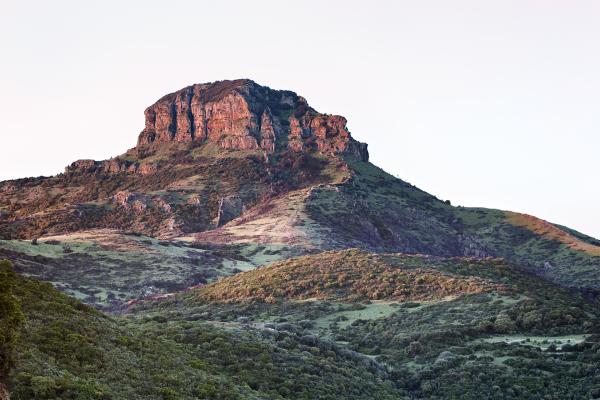Its name comes from gurturgiu, a species of vulture, or from 'inghiottitoio' (ponor), perhaps relative to ancient excavations. In both cases, it fully defines the wild setting in which it is located. Set between rugged mountains, Ingurtosu, a district of Arbus, which is ten kilometres away, is located in the valley of Is Animas, which stretches as fare as the sand dunes of Piscinas, a gem of the Costa Verde, where wagons used for transporting extracted material are abandoned. For over a century, it was the business centre of two mines, that of the same name and Gennamari, which were part of the Montevecchio complex. Today it is a deserted village in ruins.

Paese abbandonato
It was one of the largest and most productive mines in Sardinia and today it stands like a ghost town near the central-western coast of the Island. It is part of the Parco Geominarario (Geological and Mining Park) and in 1997 it became one of the UNESCO network of Geo-parks
It was one of the largest and most productive mines in Sardinia and today it stands like a ghost town near the central-western coast of the Island. It is part of the Parco Geominarario (Geological and Mining Park) and in 1997 it became one of the UNESCO network of Geo-parks
See this place because...
You will be breathless when you enter this timeless world, a mining settlement that became a village, later abandoned and today very similar to a ghost town in a western film
Pictures and videos
Nearby
Dove si trova
Ingurtosu è una frazione del Comune di Arbus, a sud ovest della Sardegna.
Come arrivare
Da Arbus, svolta a destra e prendi la Strada Provinciale 66/Strada Provinciale 4.18/Strada Provinciale 66. Gira a sinistra e prendi via Centro. Svolta a destra in piazza Cantina.
Admission
Paid admission
Services
Ti piace questo luogo? Costa Verde potrebbe essere la tua meta ideale.
You may also like
More attractions in the vicinity














